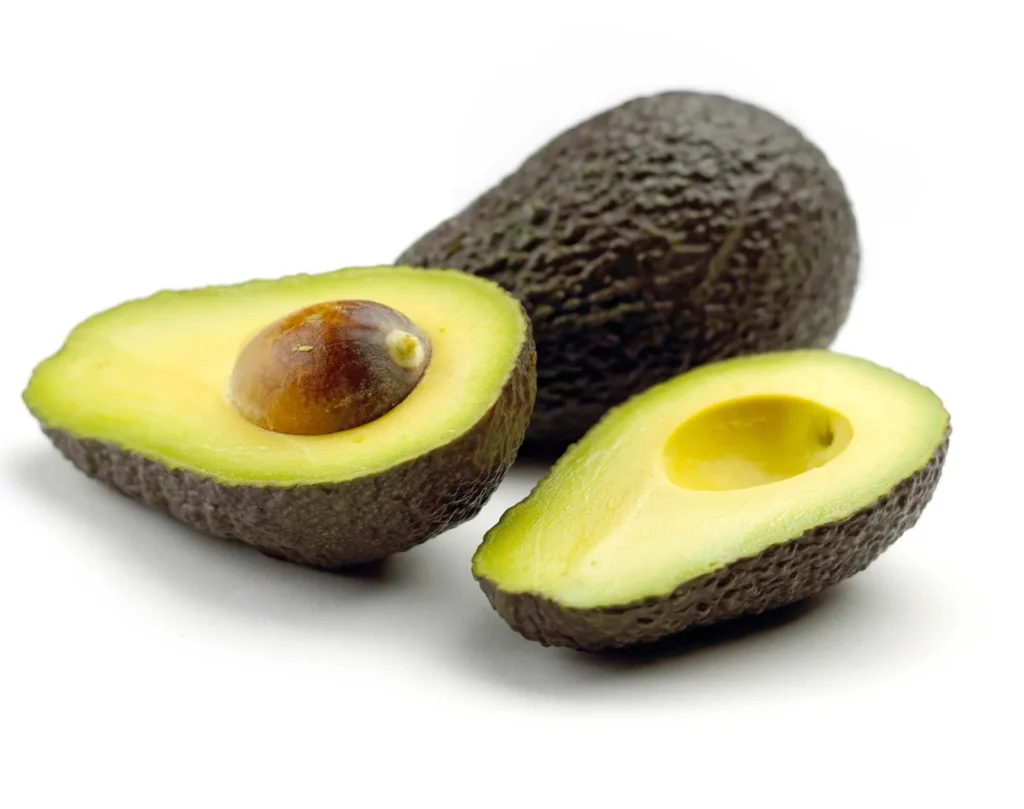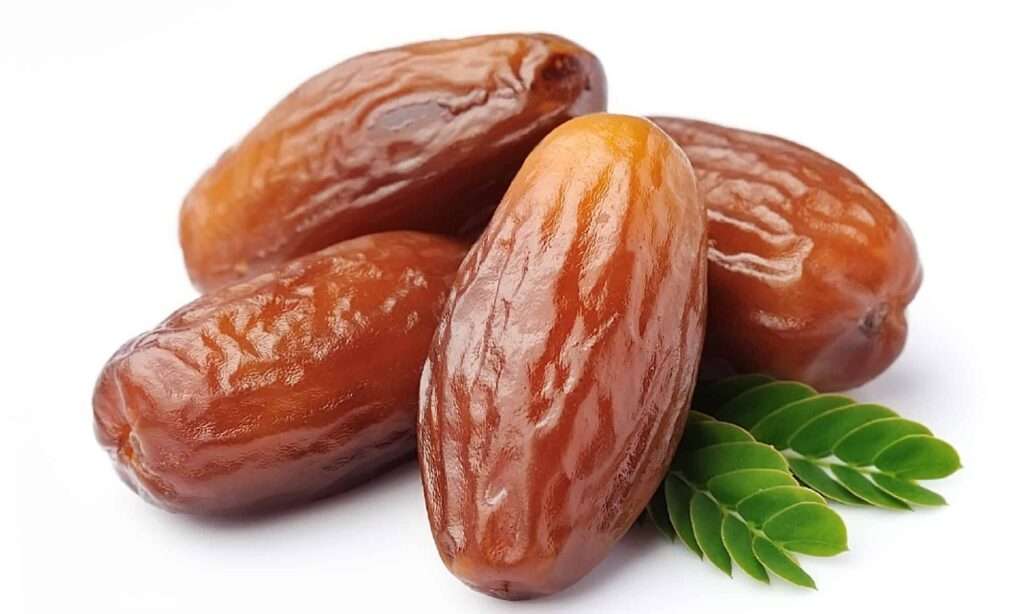
Description
The former separate light purple flowers, each of which is attached to a central axis core, produced the pineapple fruit, which develops in 5-6 months after blossoming. Every fruit sold commercially weights between 1-2 kg.
Varieties
There are many different cultivars, however they are always divided into one of four classes. Even within the same group, types might differ substantially in their characteristics.
The most popular kind produced commercially in Hawaii and easily accessible in the United States is “Smooth Cayenne.” Yellowish flesh with orange rind and shallow eyes contains juicy, sweet, low-acid fruit.
“Red Spanish” fruits weigh 2 to 4 pounds and have yellow flesh.
The “Queen” variety produces 2- to 3-pound fruits with golden yellow flesh, crisp skin, and a delicate, mild flavour. After ripening, keeps well.
“Abacaxi” cultivars have the palest, whitish-yellow flesh but are also the sweetest and juiciest.

Uses
The fruit has developed into a distinctive element of the fish, meat, vegetable, and rice dishes that are generally referred to as Pan-Asian cuisine. People consume the fruit both fresh and canned in the nations where it is accessible. In both America and Europe, it occasionally appears in baked sweets or as a pastry filling.
Nutrition
About 82 calories, 0.2 g fat, 2 milligrams sodium, 21.65 grams of total carbohydrate, and 0.89 grams protein are included in one cup of fresh pineapple chunks.
Cultivation
In commercial agriculture, flowering can be artificially promoted, and early major fruit harvesting can promote the growth of a second crop of lesser fruits. The pineapple’s top can be removed during washing and planted in soil to produce a new plant. Commercial plantings of suckers and slips are made.
Pineapples prefer warm, sunny weather. Keep it warm, preferably between 22 and 28 degrees Celsius. Through their leaves, pineapple plants are able to absorb some water. Since they do not require much water, you should wait until the soil has completely dried up before watering the leaves and soil.
Table





